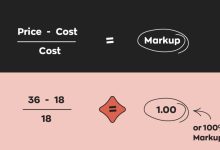Before we dive in, it’s important to have a basic understanding of the Facebook ad hierarchy:
-
Campaigns (Ads Campaign): The top-level structure where overall objectives and budgets are defined.
-
Ad Sets (Ads Set): The middle level, where audience targeting, placements, and scheduling are set.
-
Ads (Ads): The individual creatives—images, videos, copy—that users see.
This three-tiered structure forms the foundation for all Facebook advertising campaigns.
For replica product standalone stores in cross-border e-commerce, we usually select “Sales” as the primary ad objective.
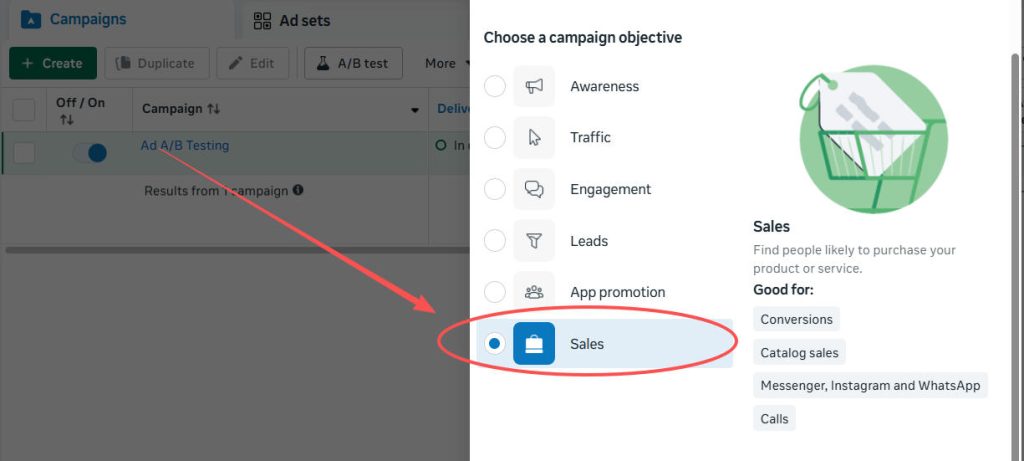
Ad setup—such as budget, audience, interest tags, and events—is a critical step that directly affects campaign performance. At the ad level, this includes the creative assets: headlines, descriptions, images, videos, pixel integration, and landing pages.
The above outlines a basic introduction to Facebook’s ad hierarchy.
In practice, I usually organize my campaigns using either a 1:1:N or 1:N:1 structure:
-
1:1:N: The same audience is tested with multiple creatives. Early-stage monitoring focuses on CTR.
-
1:N:1: The same creative is tested across multiple audiences. Early-stage monitoring focuses on CPM.
These structures are easy to understand and allow for efficient testing and optimization during campaign execution.
Horizontal Comparison Method
Once the ad hierarchy and campaign strategy are clear, we begin organizing creatives. Typically, we use a standardized naming convention to distinguish and manage different assets.
For example, as mentioned in my previous article on A/B combination testing, the naming structure might look like:
-
U.S. East – Facebook Placement – Core Keywords (Group A) – Image – Various Creative TAGs -
U.S. West – Instagram Placement – Long-Tail Keywords (Group B) – Video – Various Creative TAGs
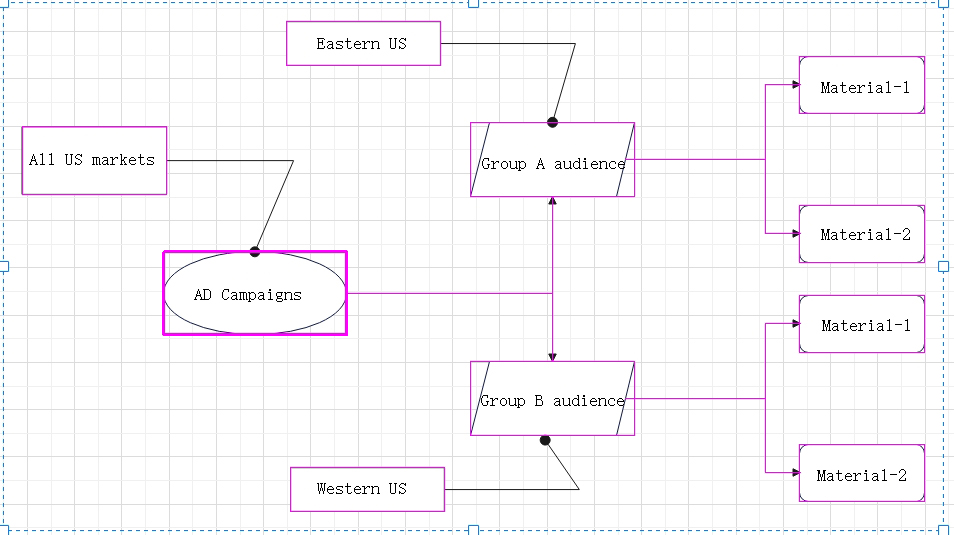
Important: The “Creative TAGs” should precisely indicate the differences between creatives within the same group. These differences can significantly impact ad performance.
For instance:
-
Image_800x800_No Discount -
Image_1200x1200_With Discount
Using such a naming system allows for accurate horizontal comparison, helping you identify which creative variations drive better conversions.
Once your ads have been running smoothly and enough sample data has been collected, we can begin horizontal analysis of creative performance.
Switch to the ad set level, generate a report, and update it to reflect the latest data.
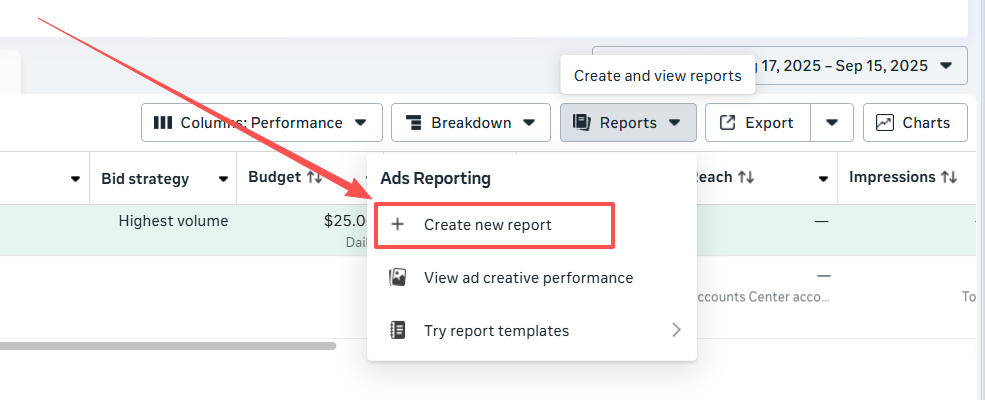
At this stage, the performance metrics for each creative are clearly displayed in the report, making side-by-side comparison straightforward.
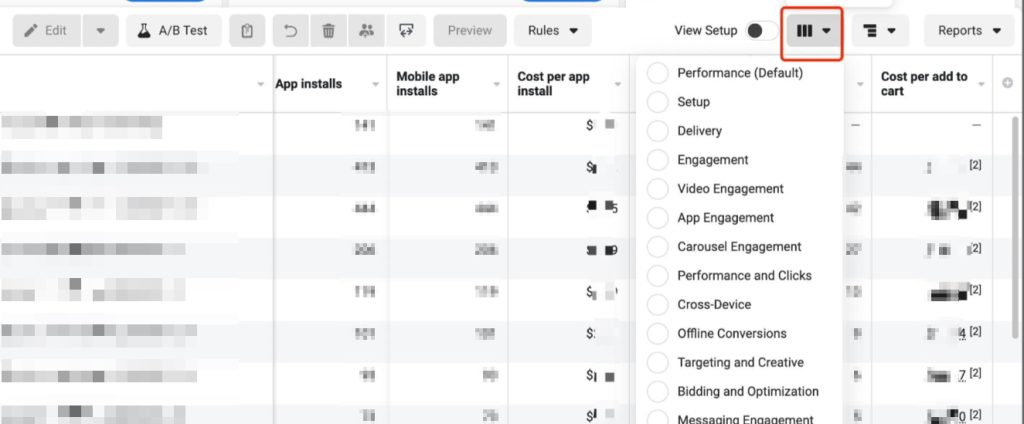
This is the essence of the horizontal comparison method for evaluating creative effectiveness in Facebook ad campaigns. It allows you to quickly identify which creatives perform best and make informed optimization decisions.
🚀 Want Advanced Facebook Ad Strategies for Replica Products?
Unlock deeper insights and practical tips for scaling your campaigns with Marcus Steele.
💡 What you get:
-
Expert guidance on audience targeting, creatives, and ad structures
-
Proven techniques for improving CTR, CPC, and ROI
-
Access to stable, high-performing ad account strategies
📩 Contact Marcus Steele now to elevate your Facebook ad performance!
[Reach Out Today]
 Custom E-commerce Solutions for High-Quality Designer-Inspired Fashion Replicas | Website Development, Dropshipping, Payment Integration for PayPal and Stripe, Ad Cloaking Services
Custom E-commerce Solutions for High-Quality Designer-Inspired Fashion Replicas | Website Development, Dropshipping, Payment Integration for PayPal and Stripe, Ad Cloaking Services



























![5 Best WordPress Themes for Replica Product International Trade Websites [Recommended]-Custom E-commerce Solutions for High-Quality Designer-Inspired Fashion Replicas | Website Development, Dropshipping, Payment Integration for PayPal and Stripe, Ad Cloaking Services](https://replicasmaster.com/wp-content/uploads/2025/06/1-1-220x150.jpg)
